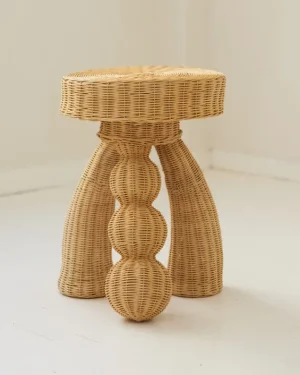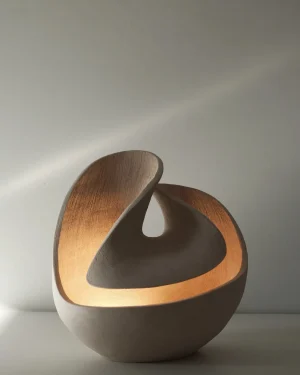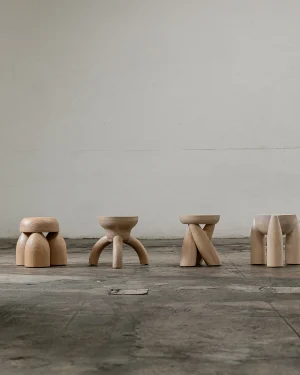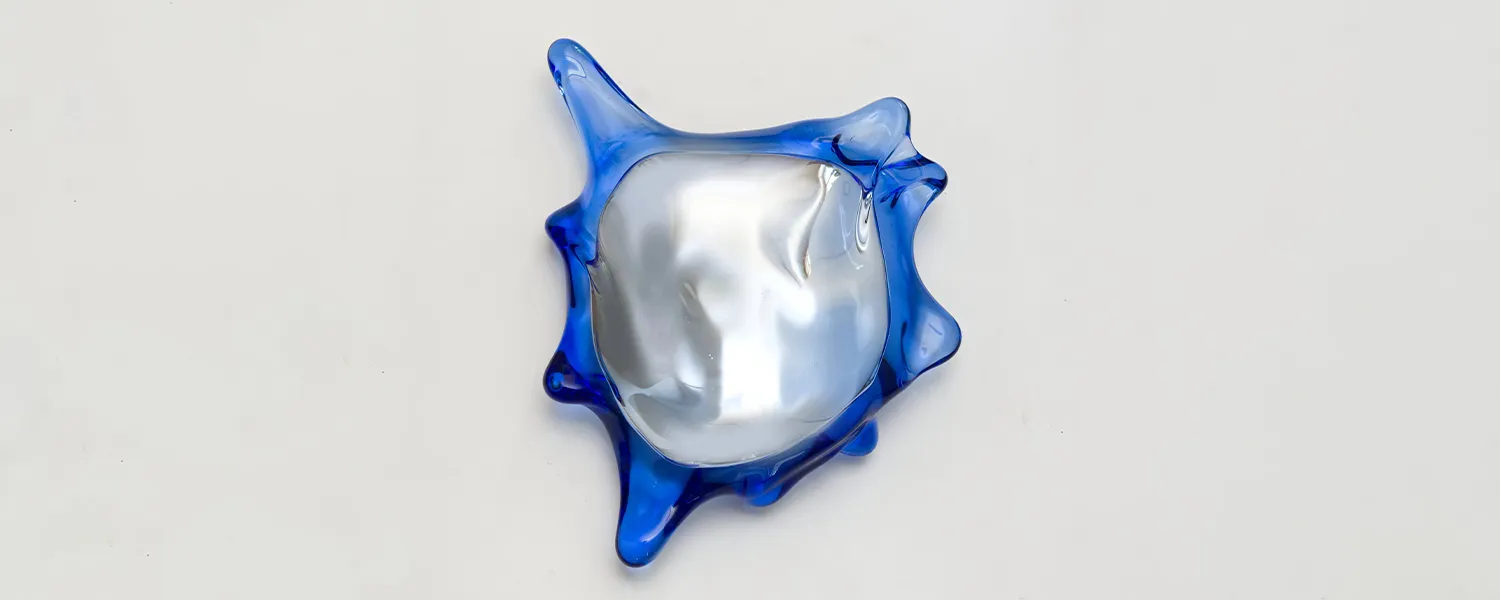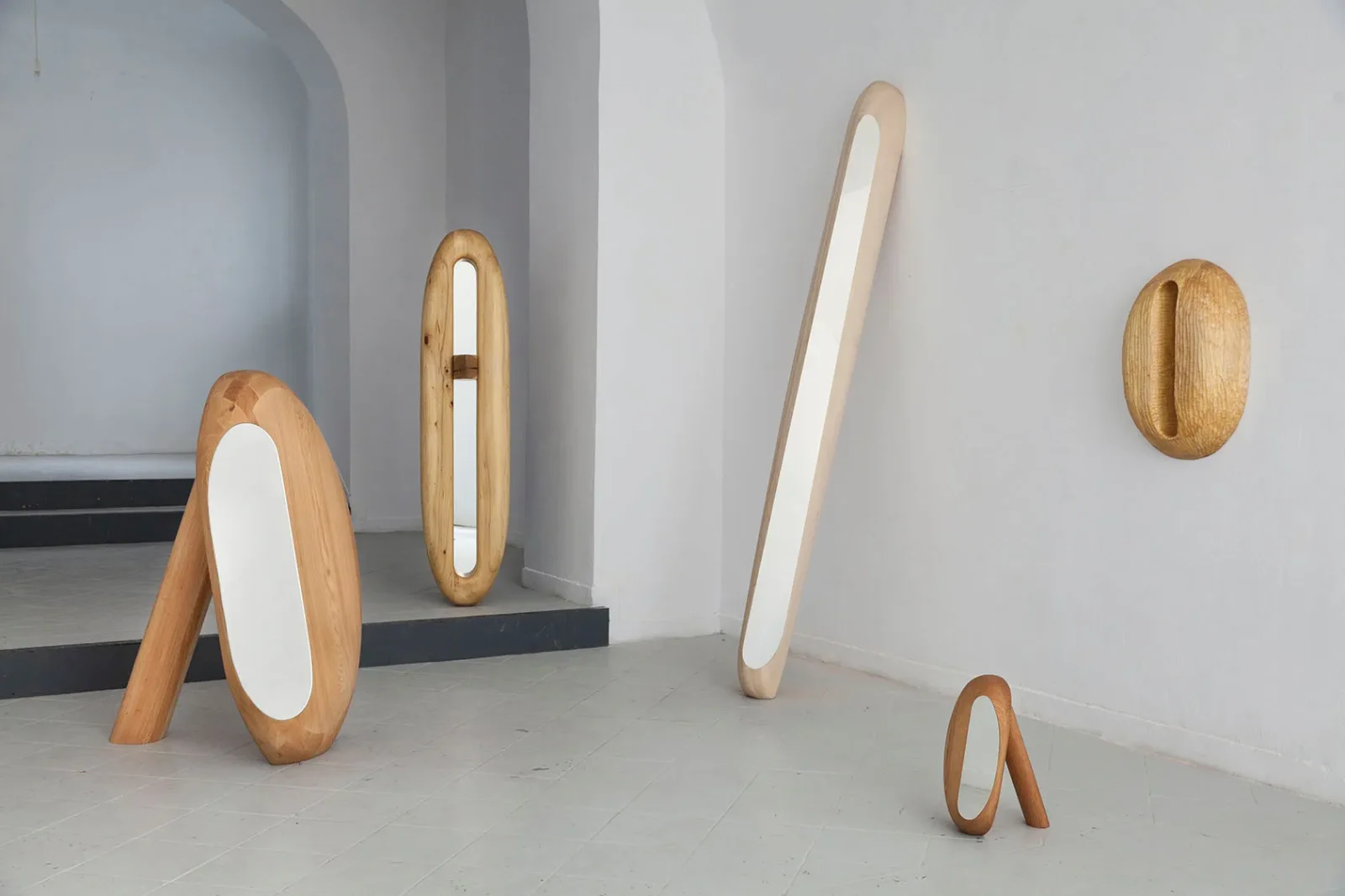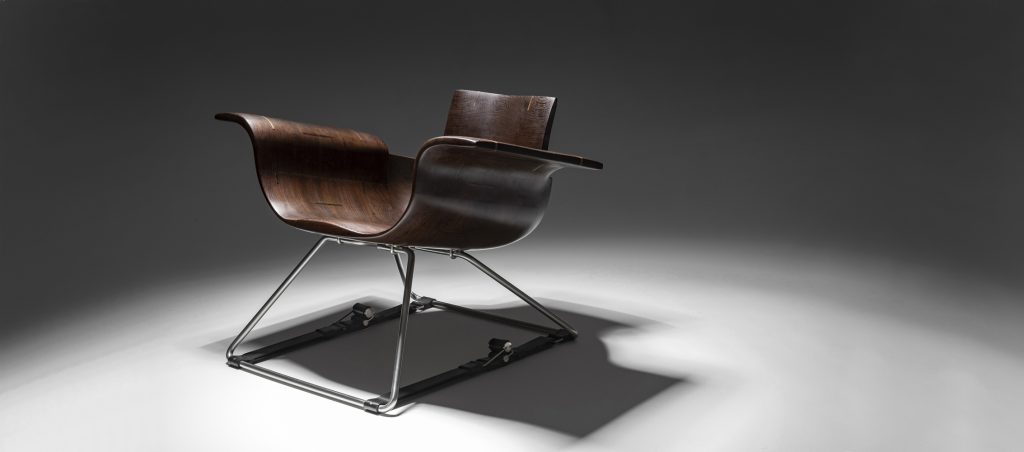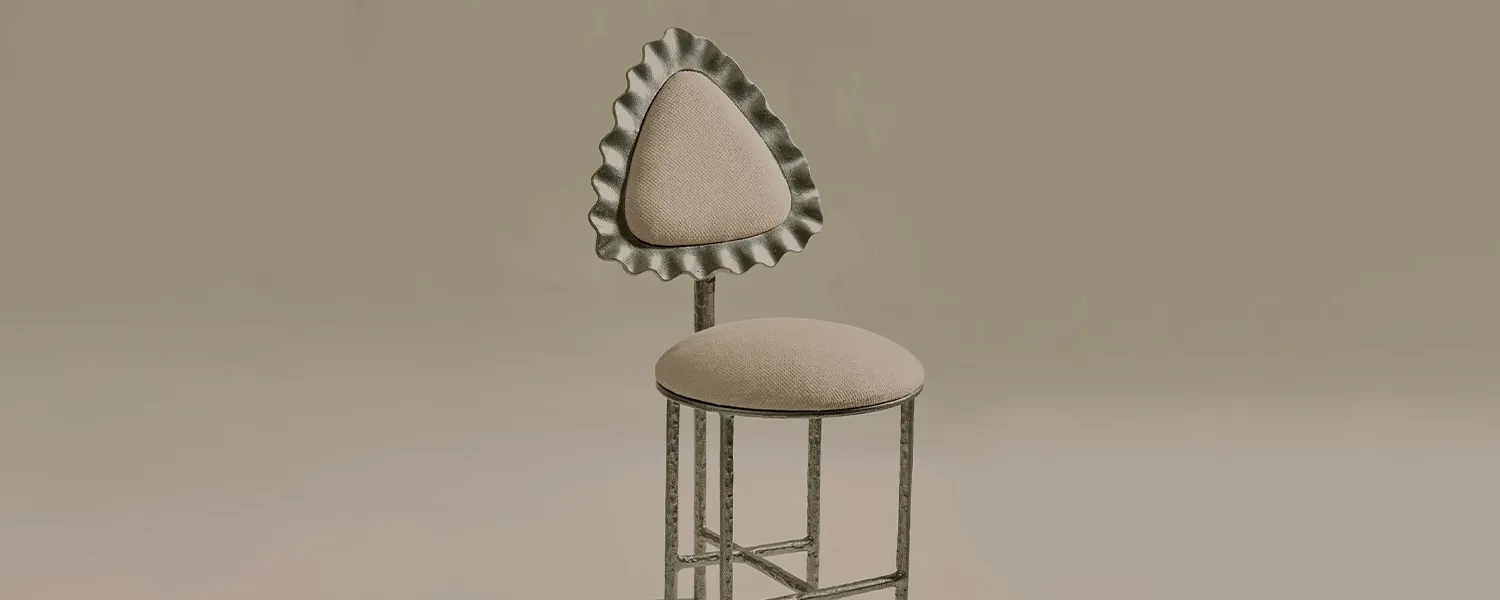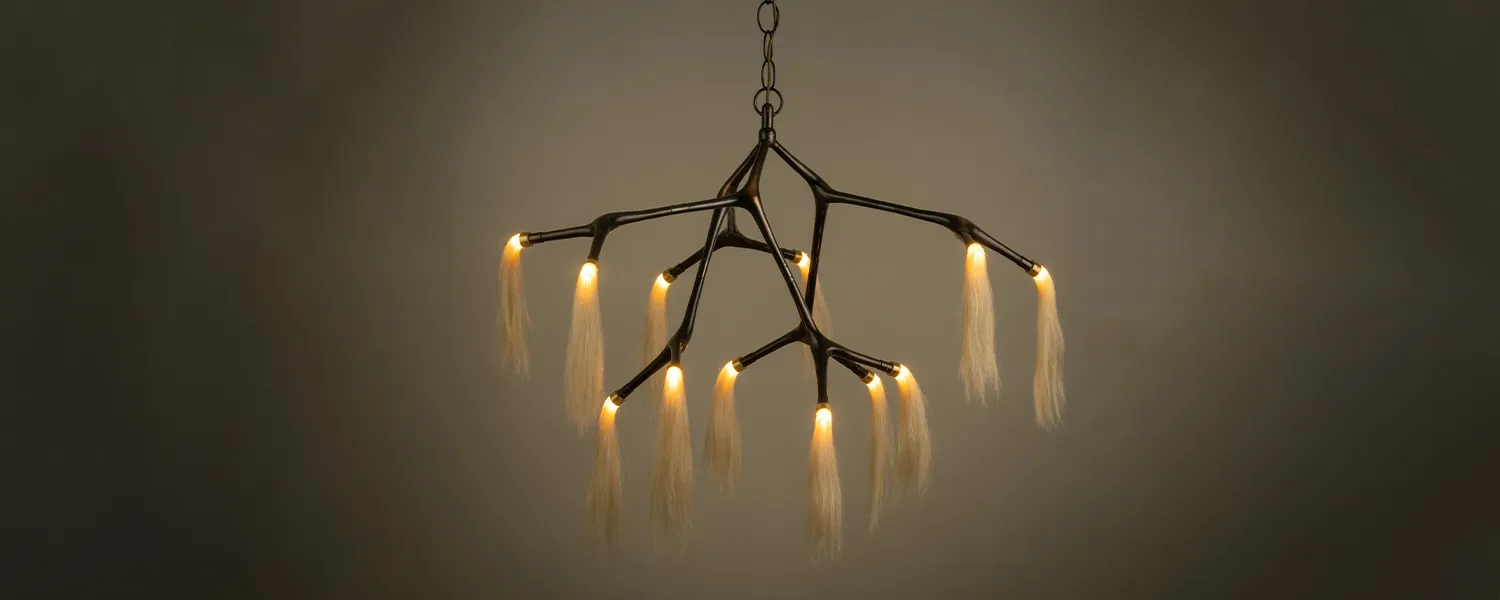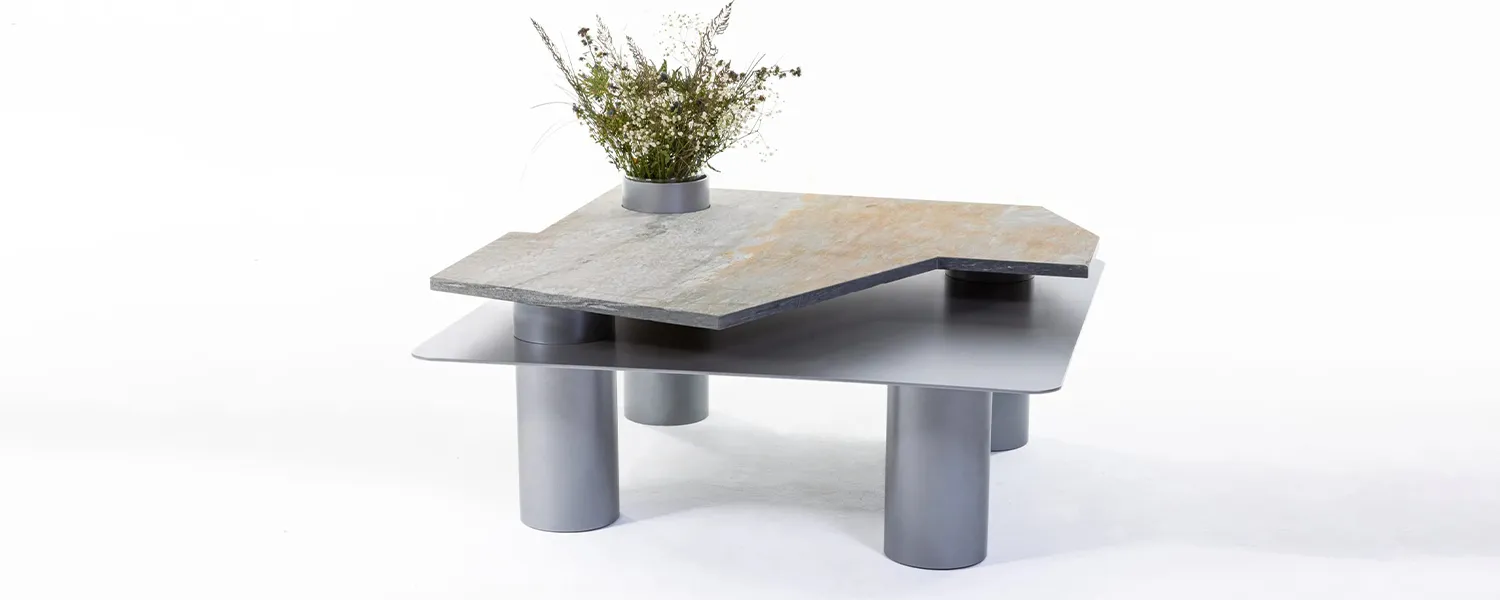
Rustic Design: The Cozy Simplicity
Explore the captivating world of Rustic Design within Adorno. Rooted in simplicity and nostalgia, Rustic Design exudes timeless charm and a deep connection to nature. With a rich history and distinct characteristics, this design style celebrates the beauty of imperfection and celebrates the raw, unpretentious appeal of natural elements.
What is Rustic Design?
Rustic design is an interior and architectural style that embraces the raw, natural beauty of the outdoors and incorporates it into indoor spaces. Characterized by its warm, earthy tones, rough textures, and emphasis on organic materials, rustic design creates a cozy and inviting atmosphere reminiscent of rural countryside or log cabins.
This style often showcases elements such as exposed wooden beams, reclaimed wood furnishings, stone or brick walls, and wrought iron accents. It celebrates imperfections and the passage of time, often incorporating weathered and aged finishes that evoke a sense of history and authenticity. By combining nature-inspired elements with a sense of nostalgia, rustic design brings a comforting and charming aesthetic to modern interiors.


The Origins of Rustic Design
Emerging in the late 19th century, Rustic Design originated as a direct response to the pervasive mass-produced aesthetics of the Industrial Revolution. This design philosophy found its roots in the idyllic essence of rural and countryside life, drawing inspiration from the uncomplicated charm and utilitarian elegance of traditional craftsmanship. With its origins deeply rooted in Europe, notably the Alpine regions, as well as rural America, Rustic Design championed a retreat to a more genuine and unpretentious way of existence.
It stood as a deliberate departure from the era’s excessive embellishments, instead celebrating the innate allure of unrefined materials and textures. This movement sought to recapture the essence of authenticity and simplicity in design, offering a visual and emotional antidote to the mechanized and ornate world that had come to dominate.




See More Like This: Visit Our Online Gallery of Space Age Designs
What are the Key Characteristics of Rustic Design?
Rustic design is characterized by several key elements that collectively create a warm, cozy, and nature-inspired atmosphere. These characteristics include:
- Natural Materials: Rustic design prominently features natural materials such as wood, stone, brick, and even metals like wrought iron. These materials often remain in their raw or minimally processed states, celebrating their inherent textures and imperfections.
- Warm Color Palette: Earthy and warm tones dominate the rustic color palette. Browns, beiges, deep reds, warm greens, and rustic yellows are commonly used to create a cozy and inviting ambiance.
- Textured Surfaces: Rough and textured surfaces contribute to the tactile richness of rustic interiors. Exposed wooden beams, distressed wood furniture, stone walls, and tactile fabrics like burlap or wool add depth and visual interest.
- Handcrafted Elements: Handmade or artisanal elements harken back to traditional craftsmanship. Hand-carved furniture, woven textiles, and hand-painted ceramics all add a touch of authenticity to rustic spaces.


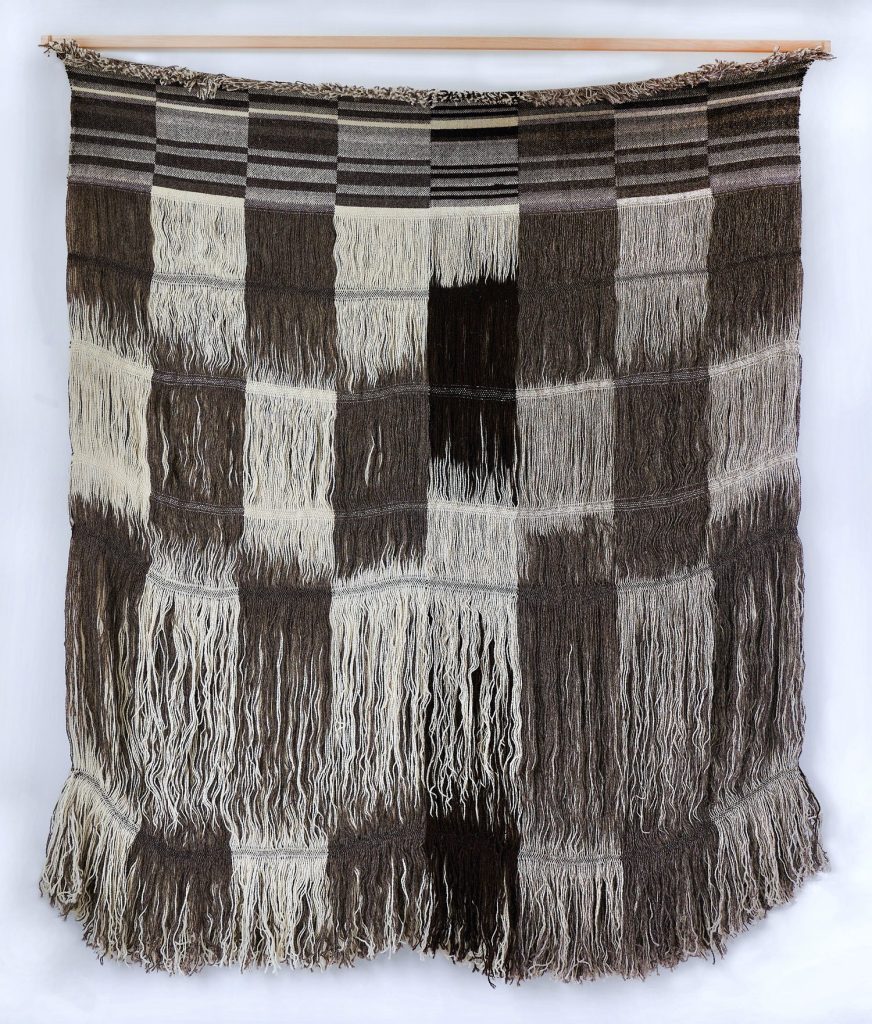

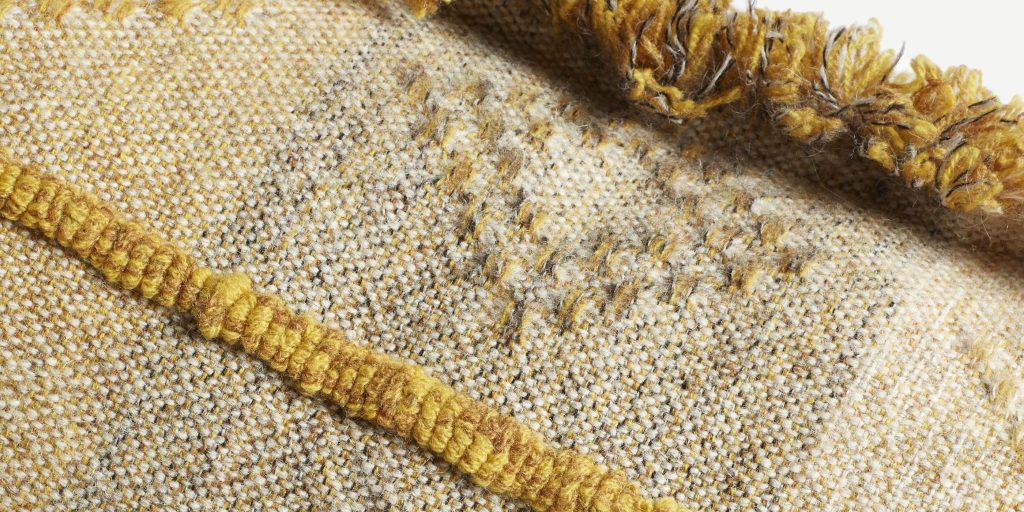



Current Views in Contemporary Art and Design
In contemporary art and design, there’s a notable resurgence of interest in rustic design, albeit with some modern reinterpretations and twists. This revival often takes the form of a fusion between traditional rustic elements and contemporary aesthetics, resulting in a style that combines the warmth and authenticity of rustic design with the clean lines and functional sensibilities of contemporary design.
The prevailing viewpoint on rustic design reflects a desire for spaces that exude comfort, simplicity, and a sense of authenticity in an increasingly digital world. This style’s popularity is evident in both residential and commercial settings, where individuals seek solace in environments that evoke a sense of nostalgia and connection to nature. By embracing rustic design, people are not only creating visually appealing spaces but also fostering a deeper appreciation for the beauty found in simplicity and the natural world.
Read Now: 12 Rustic Lights You Need for a Modern Home
The Impact of Rustic Design on the Art World
The emergence of rustic design has had a notable impact on various other design areas, influencing trends, techniques, and attitudes towards design in general.
- Interior Design: Rustic design has inspired interior spaces to embrace natural materials, fostering warmth and authenticity while blending modern and traditional elements for a harmonious fusion.
- Product Design: Rustic design has revitalized craftsmanship and heritage appreciation in products, emphasizing handcrafted details, durability, and sustainability.
- Landscape Design: Rustic design in landscapes integrates native plants, rustic furniture, and natural elements to create outdoor spaces that seamlessly connect with their surroundings.
- Architecture: Rustic design influences modern architecture by blending contemporary design with rustic elements, resulting in structures that offer comfort, simplicity, and a strong connection to the environment.


Read Now: 5 Rustic Cabinets You Need for a Modern Home
Conclusion
In conclusion, rustic design stands as a timeless and versatile aesthetic that transcends eras and cultures. Rooted in the warmth of natural materials, the charm of imperfections, and the allure of simplicity, rustic design creates spaces that evoke a sense of comfort, nostalgia, and connection to the natural world. Its influence extends beyond interior and architectural realms, permeating contemporary art, design, and lifestyles. As an enduring design philosophy, rustic design celebrates the beauty of authenticity and underscores the enduring appeal of harmonizing with nature. Whether in the hands of artisans, architects, or artists, rustic design continues to inspire creativity and cultivate environments that resonate with a fundamental human desire for a genuine and heartfelt connection to our surroundings.




Read Now: 17 Transformative Rustic Seats Blending Materiality and Craftsmanship
Discover Rustic Design on Adorno
-

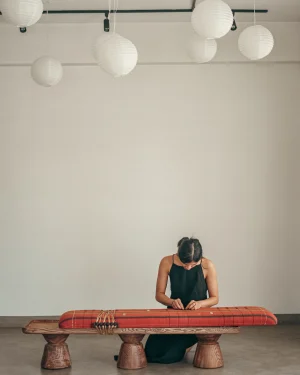 Birah Bench€4.063 incl. tax
Birah Bench€4.063 incl. tax -

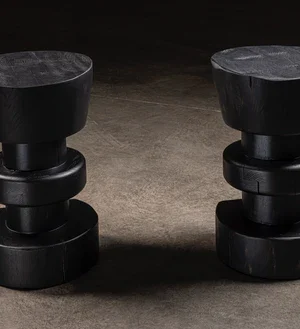 Copablanca Black Oak Stool€1.314
Copablanca Black Oak Stool€1.314 -
Piece on sale

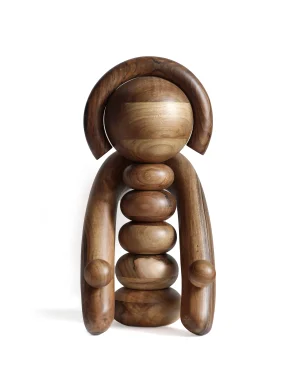 Earth Totem In WalnutOriginal price was: €625.€531Current price is: €531. incl. tax
Earth Totem In WalnutOriginal price was: €625.€531Current price is: €531. incl. tax -

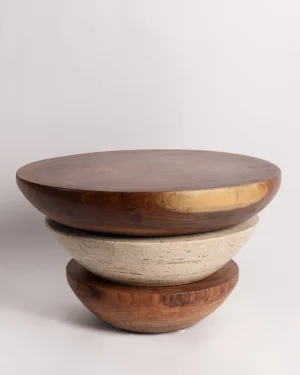 Layer Totem€2.105 incl. tax
Layer Totem€2.105 incl. tax -

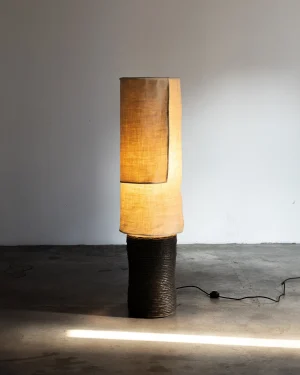 Lazo Table Lamp€2.980
Lazo Table Lamp€2.980 -

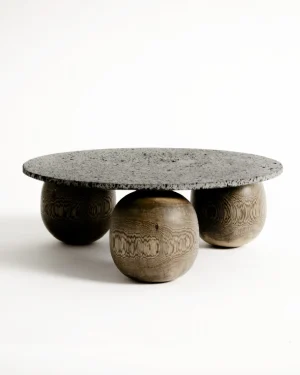 Natural Platter€456 incl. tax
Natural Platter€456 incl. tax -

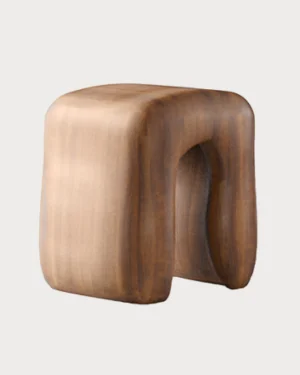 Manikin – Wooden Stool€3.350 incl. tax
Manikin – Wooden Stool€3.350 incl. tax -

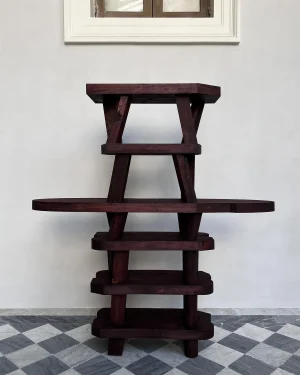 Living Sculpture – Modular Furniture Set€10.000 incl. tax
Living Sculpture – Modular Furniture Set€10.000 incl. tax -
Piece on sale

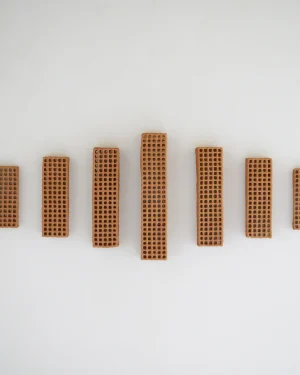 Wall Sculpture N°2Original price was: €2.200.€1.760Current price is: €1.760.
Wall Sculpture N°2Original price was: €2.200.€1.760Current price is: €1.760. -

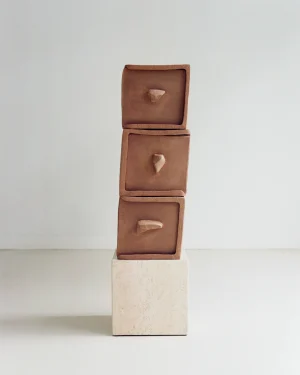 Units€3.200
Units€3.200 -
Piece on sale

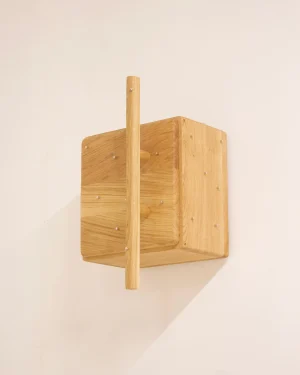 Présence Chest – Oak / SteelOriginal price was: €1.750.€1.400Current price is: €1.400. incl. tax
Présence Chest – Oak / SteelOriginal price was: €1.750.€1.400Current price is: €1.400. incl. tax -

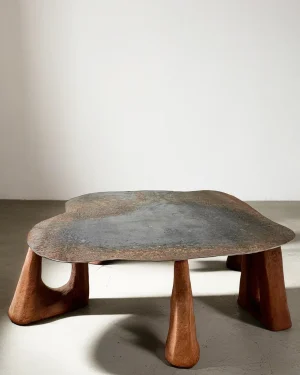 Terra Coffee Table€12.500
Terra Coffee Table€12.500 -

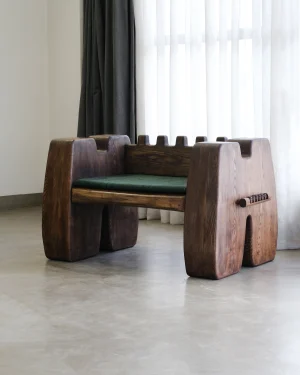 Takhat Armchair€6.250 incl. tax
Takhat Armchair€6.250 incl. tax -

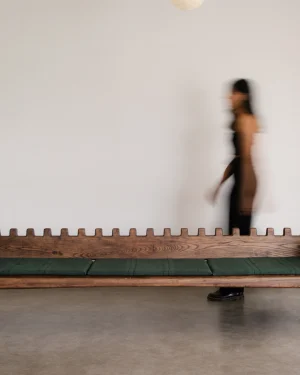 Takhat Bench€8.000 incl. tax
Takhat Bench€8.000 incl. tax -

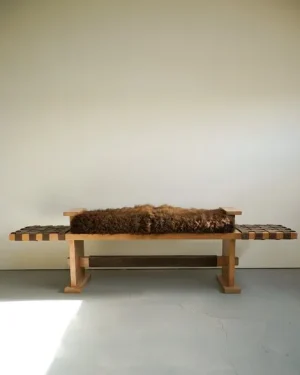 The Buff – Bench€7.699 incl. tax
The Buff – Bench€7.699 incl. tax -

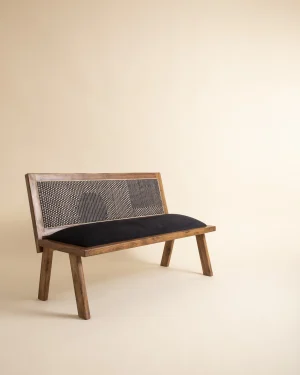 Cane Bench€1.272 incl. tax
Cane Bench€1.272 incl. tax -

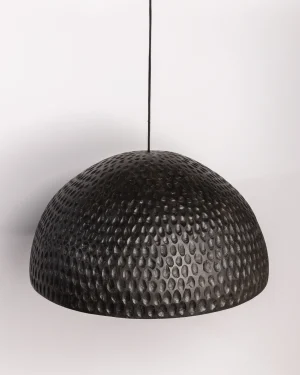 Chema – Pendant Lamp€1.443 incl. tax
Chema – Pendant Lamp€1.443 incl. tax -

 Onda Raku Cosmic€2.750 incl. tax
Onda Raku Cosmic€2.750 incl. tax -

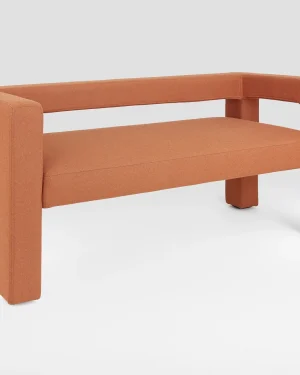 Toptun Sofa
Toptun Sofa -

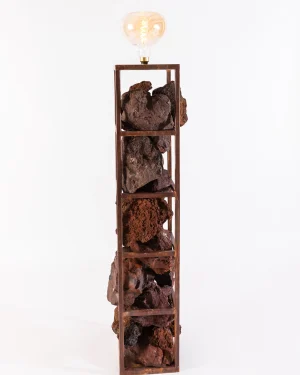 Zm Tezontle Volcanic Stone Floor Lamp€3.525 incl. tax
Zm Tezontle Volcanic Stone Floor Lamp€3.525 incl. tax -

 Bo Armchair€3.550
Bo Armchair€3.550 -

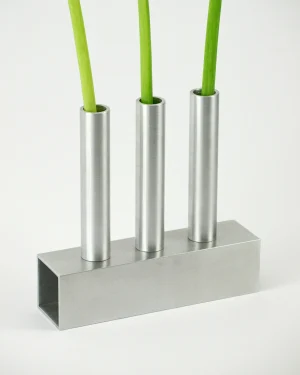 Flower & Power Vase – Aluminum / Glass€450
Flower & Power Vase – Aluminum / Glass€450 -
Piece on sale

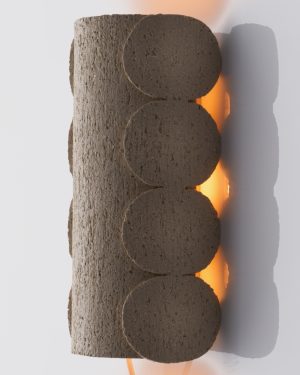 L’Été Ceramic Wall LightOriginal price was: €350.€333Current price is: €333.
L’Été Ceramic Wall LightOriginal price was: €350.€333Current price is: €333. -

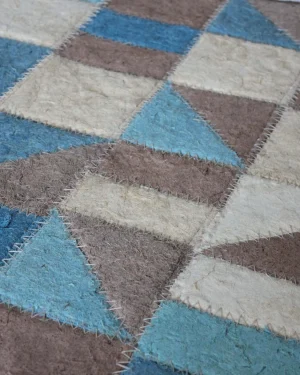 Made From Jordan – Geometric Indigo Rug€2.814 incl. tax
Made From Jordan – Geometric Indigo Rug€2.814 incl. tax
